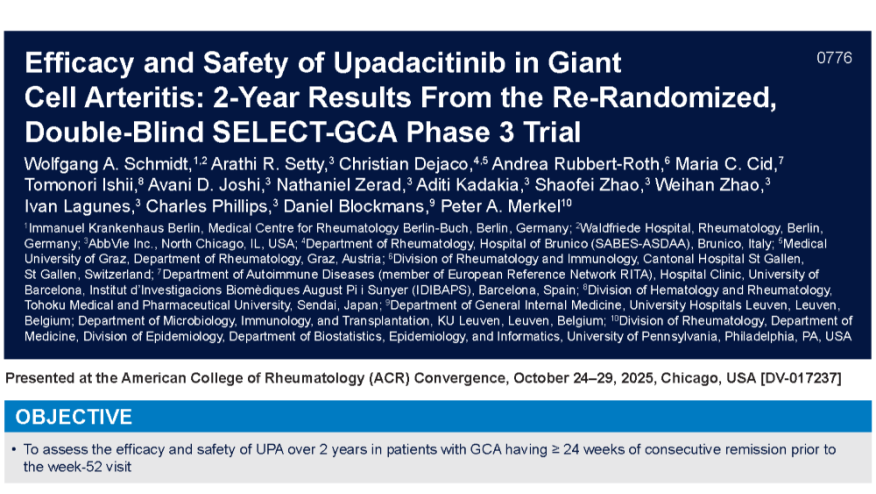7 Updates on Prosthetic Joint Infections Save

These are excerpts and takeaway summaries from several literature reports addressing the diagnosis and outcomes of prosthetic joint infections (PJI).
- Evaluation and diagnosis of PJI can be reliably made using amplicon metagenomic sequencing (16S AS) of aspirates; as this has shown to be at least equivalent to traditional culture techniques (based on a study of 27 patients evaluated with both; with moderate agreement between the two methods (kappa = 0.490). 16S AS had good sensitivity (81%) and yielded greater microbialdiversity.
- Recurrent prosthetic joint infections are associated with significant morbidity and mortality; are often polymicrobic (or multiple drug-resistant microorganisms, or new organisms); with most successful outcomes using 2-stage revision, arthrodesis, or resection arthroplasty.
- Patients diagnosed with PJI in a single joint, the risk of developing PJI in an ipsilateral prosthetic joint within 5 years was low (1-3% risk).
- Two stage revision arthroplasty is best in RA patients with PJI. Review of 10 retrospective cohort studies (401 RA patients) with PJI, compared failure rates for different forms of surgical management - TSR (2-stage exchange arthroplasty/revision) had a lower failure rate (26.8%) than DAIR ( debridement, antibiotics, and implant retention; 60.1%) or OSR (one-stage exchange arthroplasty/revision; 39.2%).
- Significant prognostic factors for PJI after hemiarthroplasty (for femoral neck fractures) included: BMI >30, operating time of <45, low hemoglobin, hematoma, and re-operation for luxation. Protective factors against the development of PJI were Diabetes Mellitus and surgeon experience (>20 hemiarthroplasties performed in the previous year).
- Prior hospitalization for a serious infection (0 to 6 months before) does not increase the risk of subsequent PJI complicating primary THA.
- Use of Biologics in RA is not associated with an increased risk of PJI in setting of Total Knee Arthroplasty. However, corticosteroid use, alcohol abuse, diabetes mellitus, obesity, and tobacco use were risk factors for PJI.
ADD THE FIRST COMMENT
Disclosures
The author has no conflicts of interest to disclose related to this subject











If you are a health practitioner, you may Login/Register to comment.
Due to the nature of these comment forums, only health practitioners are allowed to comment at this time.